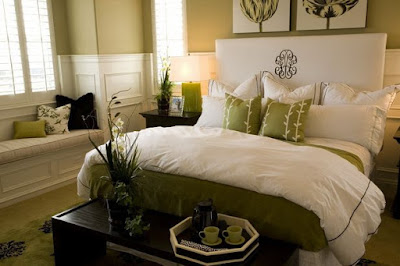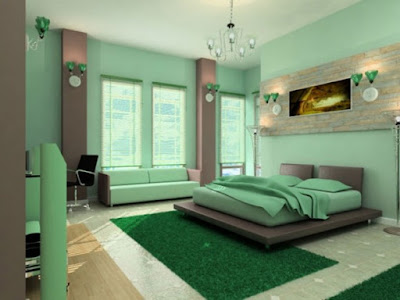How to Divide the Living Room and the Entryway
Things You'll Need
- Paint and accessories
- Area rugs
- Room dividers
- Furniture
- Decorative accessories
Decide on a focal point in each area. The focal point from a decorating perspective provides a visual anchor; it “tells” the eye where it should start looking when it begins taking in the room's decor. In the entryway, a logical place to start would be a table placed by the door where people deposit their keys and the mail. In the living room, it could be the fireplace, a built-in bookcase or a piano.
Separate the two rooms using color. For example, if you love the decorating trend that pairs pink and brown together, paint the foyer brown and the living room pink, then tie the two looks together by placing objects in those colors in the opposite room. Each room will retain its individual flavor thanks to the different paint colors, but will also look tied together from a visual standpoint.
Take advantage of area rugs. Rugs also provide visual separation between areas. The rug in the entryway keeps some of the dirt that people bring in on their shoes off the living room carpet, whereas the rug in the living room serves to bring the furniture in the room together. Even if you have carpet on the floor in the living room, think about laying down a rug where you intend to put your couch and chairs; these pieces should be centered around the rug.
Use divider screens or freestanding bookcases to create a visual barrier between the two rooms. This also cuts down on some of the noise that comes in from the front door when it's opened.
Make sure the back of the couch or your chairs are facing the entryway; this functions as a subconscious barrier to the eye and indicates that the living room is separate from the entryway. You can further enhance this barrier by pushing a tall table behind the back of the couch, making sure to choose a table that stands as high as or higher than the back of the couch. Place decorative pieces like a dried flower arrangement in the middle of the table. This also tells the eye to “keep out” without looking obvious.












Comments
Post a Comment